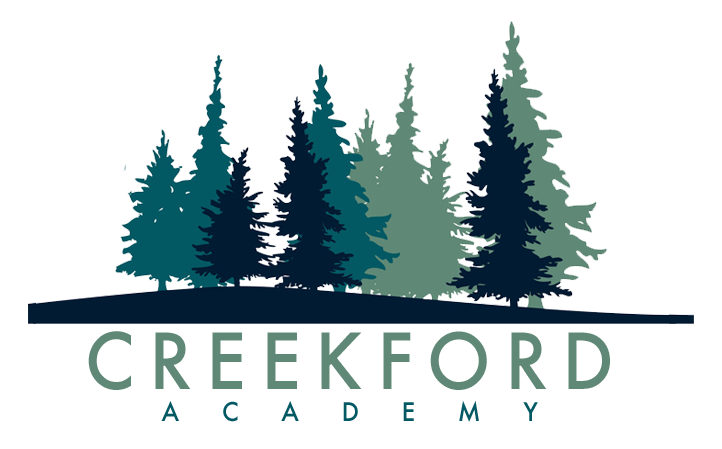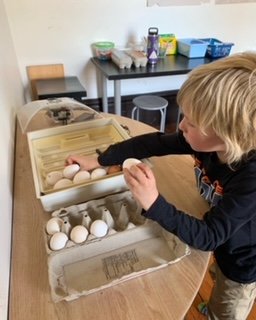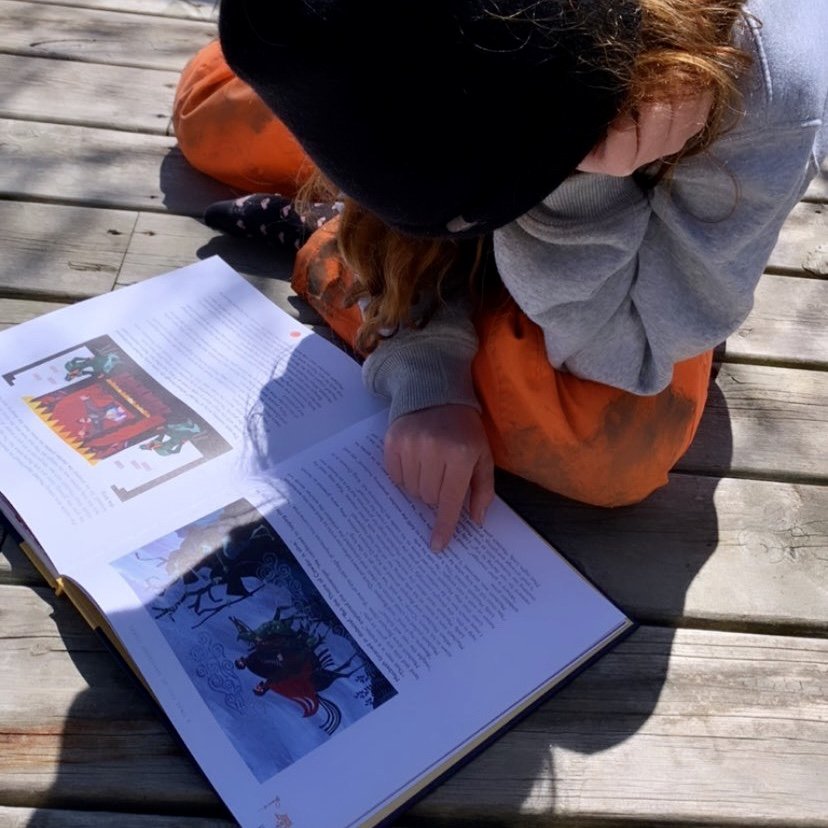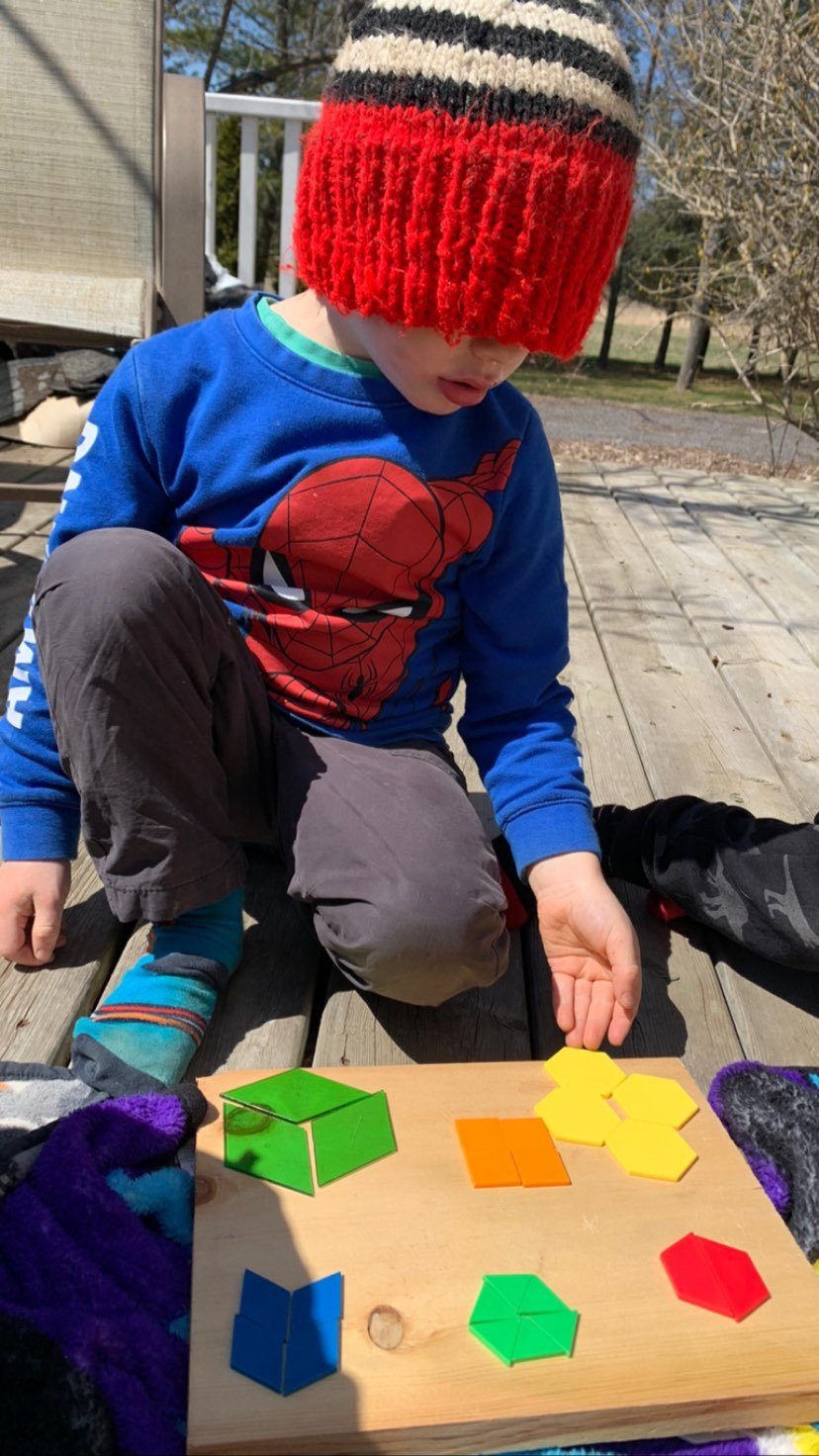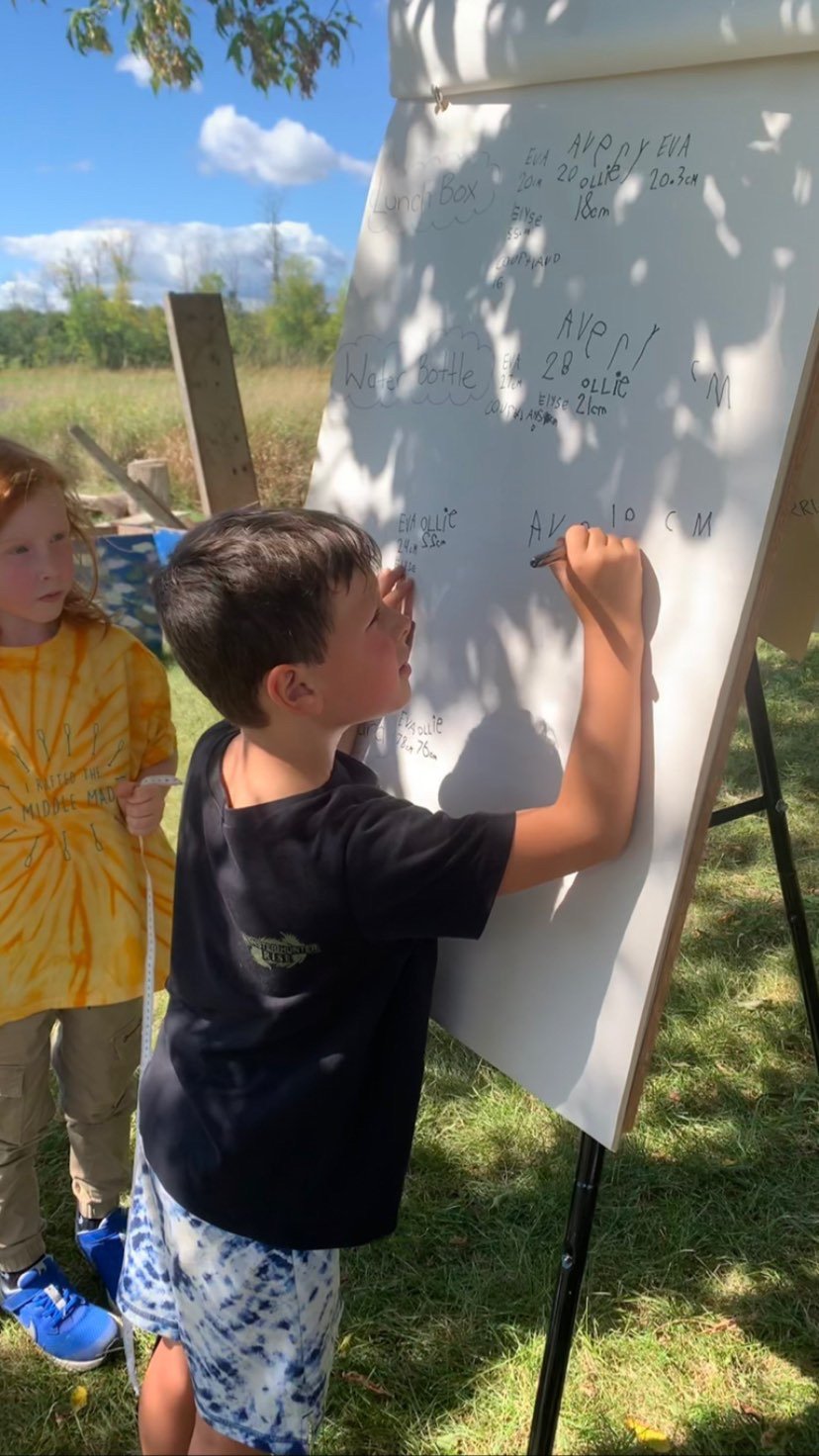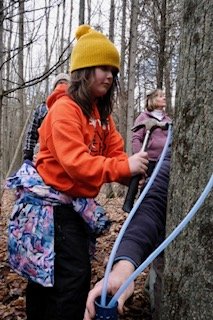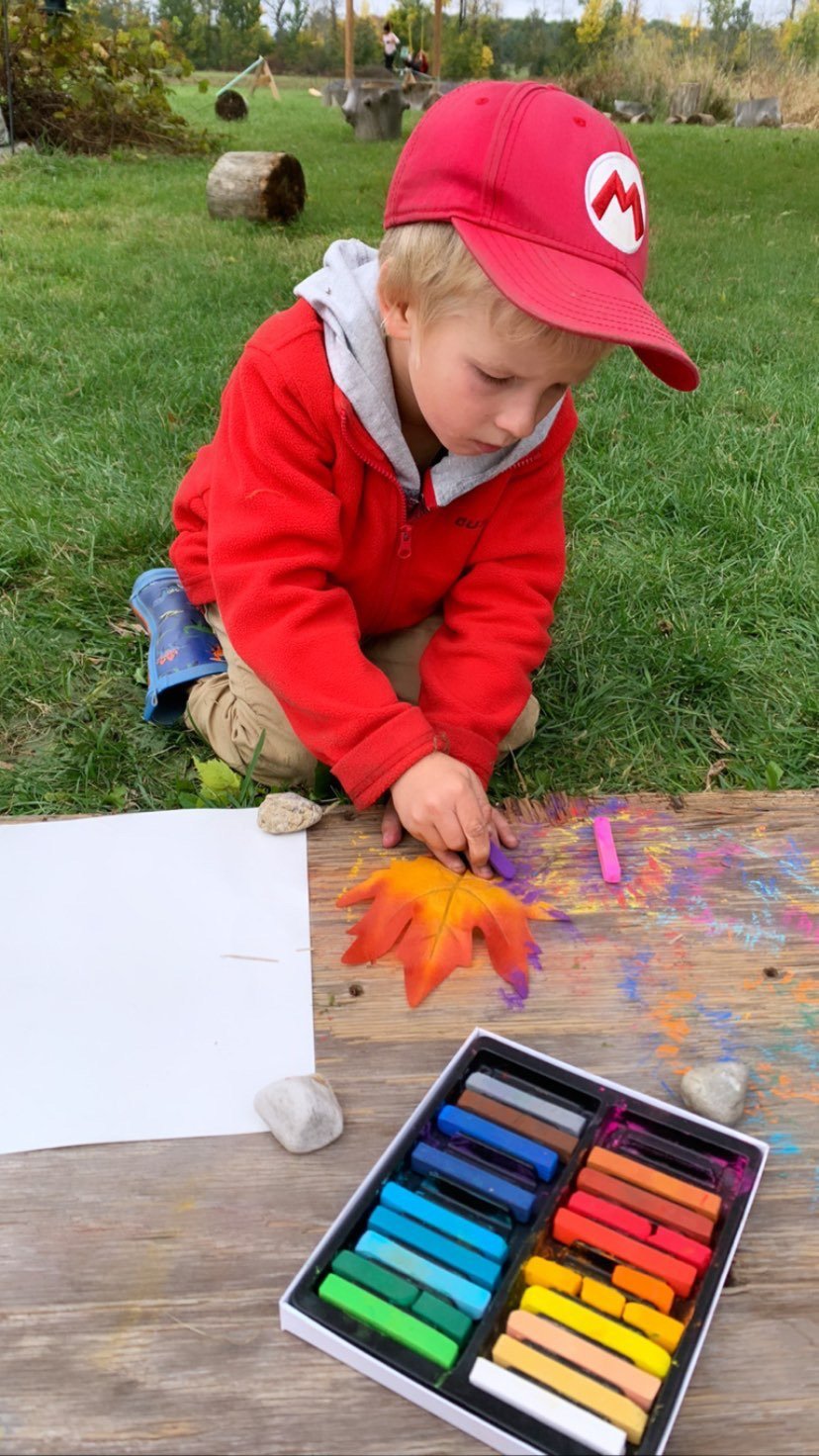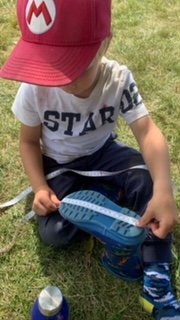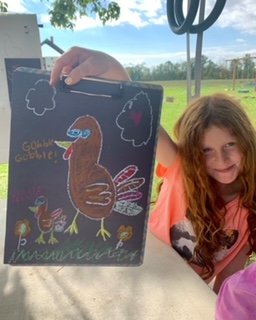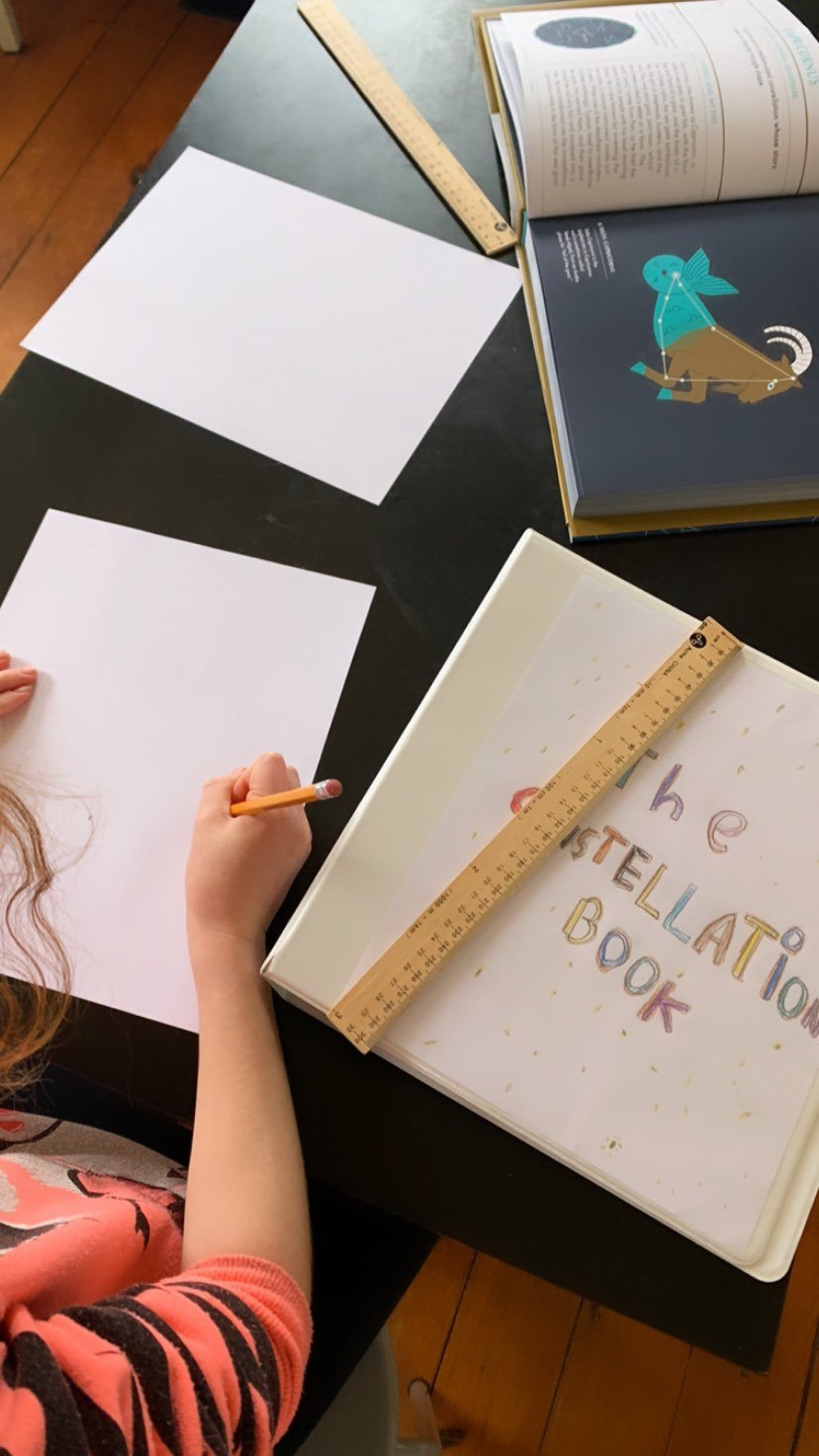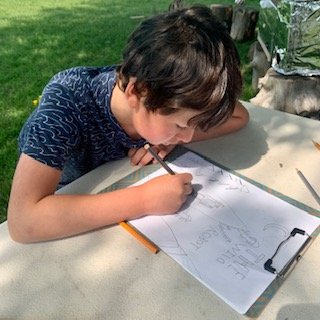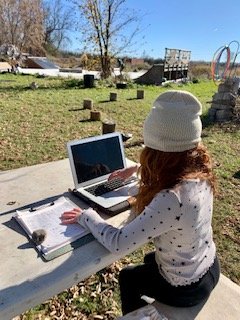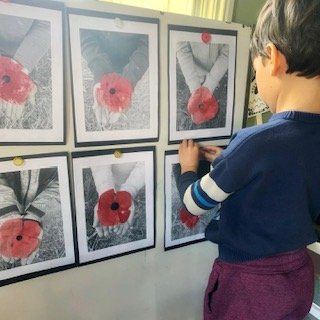Creekford Academy is an independent elementary school for students in Kindergarten to grade three, located in the west end of Kingston, Ontario.
Situated on 100 sprawling acres of private land, the beautifully refurbished 1800s stone school house along with the open spaces, treed areas, natural ridge, and marsh brimming with insects and wildlife provide the perfect setting for experiential, outdoor education.
Creekford Academy provides a compassionate, challenging, and inspiring environment where students are safe to take risks and explore their potential, and in doing so, strengthen and grow in all developmental realms: cognitively, socially, physically, and emotionally.
We are dedicated to helping develop resilient, confident, passionate children who possess inquisitive minds, strong skills, and healthy bodies.
A Holistic Approach
Creekford Academy is dedicated to the experiential and outdoor education teaching philosophies, and therefore utilizes these approaches in daily instruction and learning.
In combining these educational philosophies and pedagogical approaches, Creekford Academy is focused on the development of the whole child at the cognitive, affective, and physical levels. Within this framework, students are positioned as active, participatory, and critical learners. Rather than simply being presented with concepts and content, students are immersed in their learning. Students therefore learn through hands-on, kinesthetic experiences, and by applying prior knowledge to such experience. In turn, they acquire new understandings, develop new insights, and acquire new skills.
This approach to education is not however simply learning by doing, as mere participation in a set of activities does not make learning experiential. It is the process of reflecting on an experience (both during and after), extracting meaning from it, and applying what has been learned that makes the learning truly experiential for students. Most importantly, experiential learning enables and assists students’ learning transfer; it helps students to see and draw connections between “standard curriculum content” and its application to other and varying contexts, while also building their capacity to think critically, problem solve, and communicate effectively.
